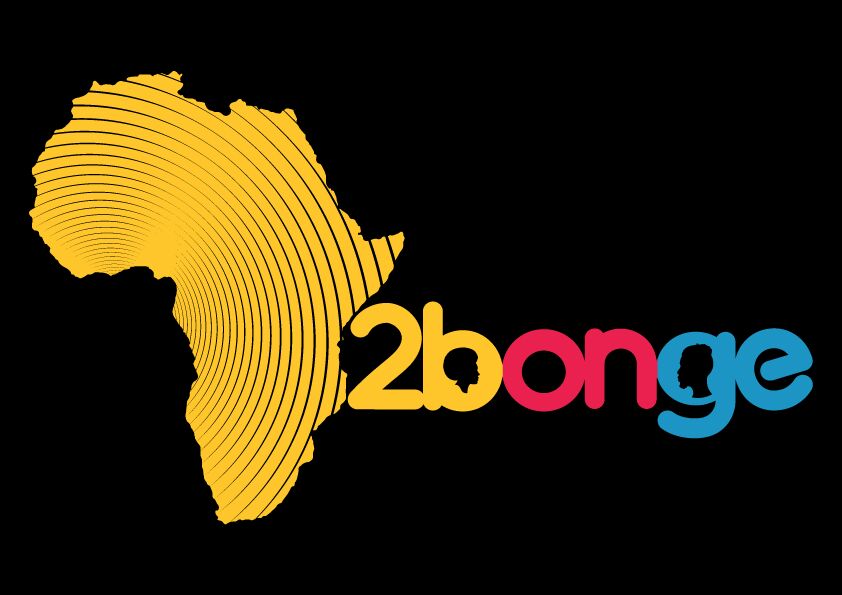








2Bonge encourages the youth to engage with concerns of Human Rights. Besides women, it inspires the disabled and minorities to become actors in local and national decision making events, and to be creative and pro-actively work for equality and peace building during conflicts.

2Bonge was initiated in 2016 under CPMHF as a seed project at the time when the fervour of national election was escalating. Violence was predicted by political analysts as had been the case during the previous elections. Later, through the subsequent planning conferences we assembled a group of 25 young activists and artists working in graffiti arts, cartoon animations and performing arts who had a history of addressing the slum youth and the urban working class.

They joined hands with the curators of the peace museums who are knowledgeable on community traditions of peacebuilding of various ethnicities. Friendships blossomed across ethnic and urban/rural boundaries. Networking started.

It reminded the youth of the heritages of fostering inter-ethnic and social equity in relationships that our forefathers and mothers had practiced before we were even born. Indeed, we have an indigenous African heritage to be proud of. 2Bonge is a catalyst that helps to interpret traditions into new ways of expressions that our talented 150 volunteer artists, 300 activists, 150 singers and 400 from the peace museums communities have shown us.

It is this wide and solid collaboration that has produced an informative, participatory and exciting first-ever people managed travelling exhibition called 2Bonge. The display boldly mirrors the face of the national social attitude towards gender, the disabled and the minorities. So far, the exhibition has been viewed here at the Nairobi National Museum, Isukha Mulindi Peace Museum in Khayega, Kakamega, Kisii University, Abangusii Women’s Peace Museum and Osotua Peace Museum in Narok. Now the display is back here at the Nairobi National Museum set before viewers like yourselves.

After the conference, the exhibition will be on the road again to the Akamba Peace Museum, which is the Community Peace Museums Heritage Foundation’s central location. Then we shall continue on to the Maji Mazuri Youth Centre in Mathare. It will give the youth in the Mathare Valley and adjacent slums an opportunity to create dialogues in Sheng using their own idioms while friends talk about the marginalized groups among them. The influential city slum youth can do much for Kenya because they are themselves among the most marginalized. They know it because they feel it and that’s where the creativity of the artists and activists blossom.

On the second leg of the project, the exhibition will travel all the way to Chemoligot in Pokot where schools, colleges and ethnic communities like the Pokot, Marakwet, Keiyo and Cherangani will participate. In fact, we will gather all the groups of the Kerio Valley. Here, working with our Pokot woman curator Chepotipen, we wish to re-start the women’s peace museum after the first one was burned down during the conflicts. Then, we will be visiting Aembu Peace Museum and Agikuyu Peace Museum in the Embu and Nyeri counties.

Our vision for the future is long and with the support that we have received from the rural and urban youth, from the volunteer artists and of course the curators of the peace museums, both men and women
It promises a bright, non-oppressive and respectable future for all genders, the disabled, marginalized and the minorities.



So far, already, over 10,000 people have seen the exhibition and they are talking about it. They are creating a sweeping effect changing perceptions and thought patterns…..The effect is intangible and immeasurable. It will begin to show in daily talk in families, women’s groups, minority and disabled rights organizations and among friends. In this way they are helping us to reach our goals in a self-generating people to people process. As you know, we don’t give lectures but through the arts let what you see and what you hear blossom in free speech. It has to be a people-to-people process, a woman-to-woman process, a youth-to-youth process, a minority to a minority process and a disabled to a disabled process.






















